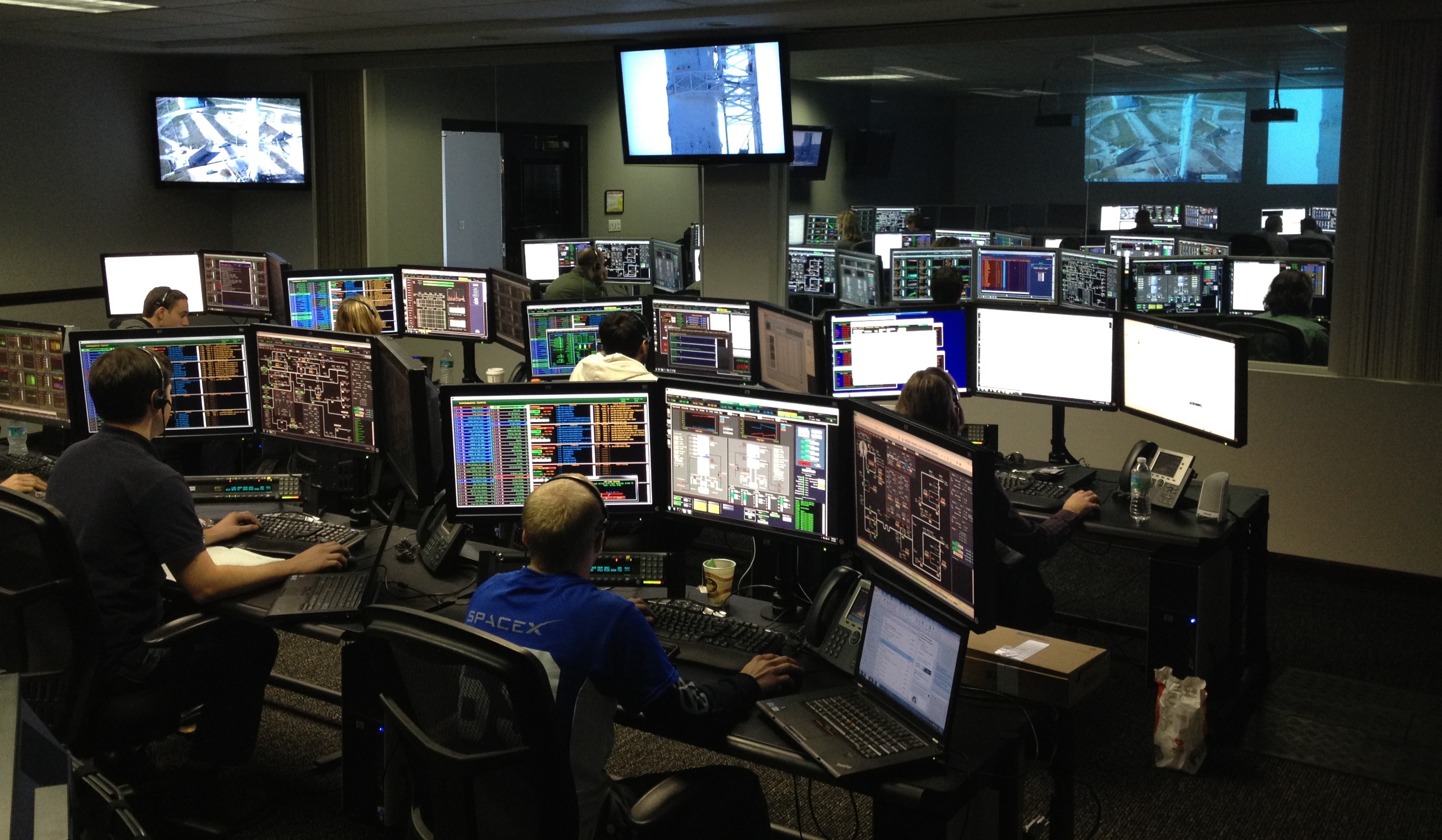Control Room Design
Control rooms are the nerve center of any industrial facility, where operators monitor, control, and manage the operations. A well-designed control room can significantly enhance operational efficiency, improve safety, and lead to a happier, more productive workforce. In this blog post, we will delve into the critical aspects of control room design.
Why is Control Room Design Important?
The design of the control room impacts the performance of the operators and the entire operation. Poorly designed control rooms can lead to operator fatigue, errors, and even safety incidents. On the other hand, an ergonomically designed control room can improve operator performance and productivity.
Key Aspects of Control Room Design
- Ergonomics: The control room should be designed with the operators’ health in mind. This includes adjustable chairs, suitable desk heights, adequate lighting, and noise control. The goal is to reduce operator fatigue and stress, which can lead to errors.
- Layout: The layout of the control room should facilitate efficient workflow. Operators should have easy access to all necessary equipment and controls. For example, to eliminate the wrong operator change, this type of error can be reduced by using a single SMART keyboard on the console. The layout should also promote collaboration among operators.
- Technology: The technology used in the control room should support the operators’ tasks. This includes high-performance HMI (Human-Machine Interface) that provides operators with clear, concise information to make informed decisions. When you design for “Enhanced Operator Response” level one overview displays are developed for operator response using analog objects, trends, and color for important information. This allows operators to prevent alarms from happening.
- Operator Staffing Studies: Essential to ensuring manageable workload, proving you have the right number of operators to ensure smooth operations, and achieving a balanced workload between the operators. Too few operators can lead to overload and errors, while too many can lead to inefficiencies and variances in performance.
- Safety: Safety should be a priority in control room design. This includes emergency exits, fire suppression systems, and clear visibility of all areas of the control room. This includes an initiative to improve operator communication with the field.
The Future of Control Room Design
With advancements in technology, the future of control room design looks promising. We can expect to see more use of virtual reality (VR) for operator training, advanced analytics for performance monitoring, and artificial intelligence (AI) for decision support. We are monitoring these advancements and can apply proven solutions that already exist.
Conclusion
Control room design is a complex task that requires a deep understanding of ergonomics, operator tasks, and technology. But with careful planning and design, it’s possible to create a control room that not only meets regulatory requirements but also boosts operator performance and productivity. Take a look at a short video of a recent project here:

